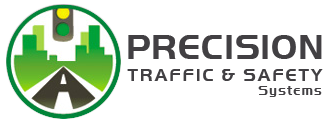Traffic preemption goes back many years and was designed to provide priority access to emergency response vehicles to signalized intersections. The primary purpose of preemption is to allow the emergency vehicle to have a green light in their direction of travel while all other directions have a red light.
This greatly enhances the safety of a response not only for the responders but for all other motorists as well. Statistics clearly indicate that the most dangerous part of an emergency response is at an intersection. A secondary benefit from preemption may be the decrease in response times. This occurs because intersections can be more easily navigated when the responder has a green light versus a red one.
Preemption systems have a couple of different designs. The most popular is one that uses either a strobe or infrared emitter mounted on the emergency apparatus to activate a detector mounted on the traffic mast at the intersection. When an emergency vehicle activates its emergency lights the preemption emitter activates as well. The first emergency vehicle whose emitter develops line of site communication with the detector on the traffic mast will activate the preemption system. This causes several things to happen. First, the traffic lights will immediately begin to cycle from green, to yellow, to red in the opposing directions.
Traffic signal preemption is just one tool used by emergency responders to help them safely get to a scene of an incident faster and safer. When combined with emergency warning equipment (lights and siren) the safety and efficiency of the response is enhanced.
